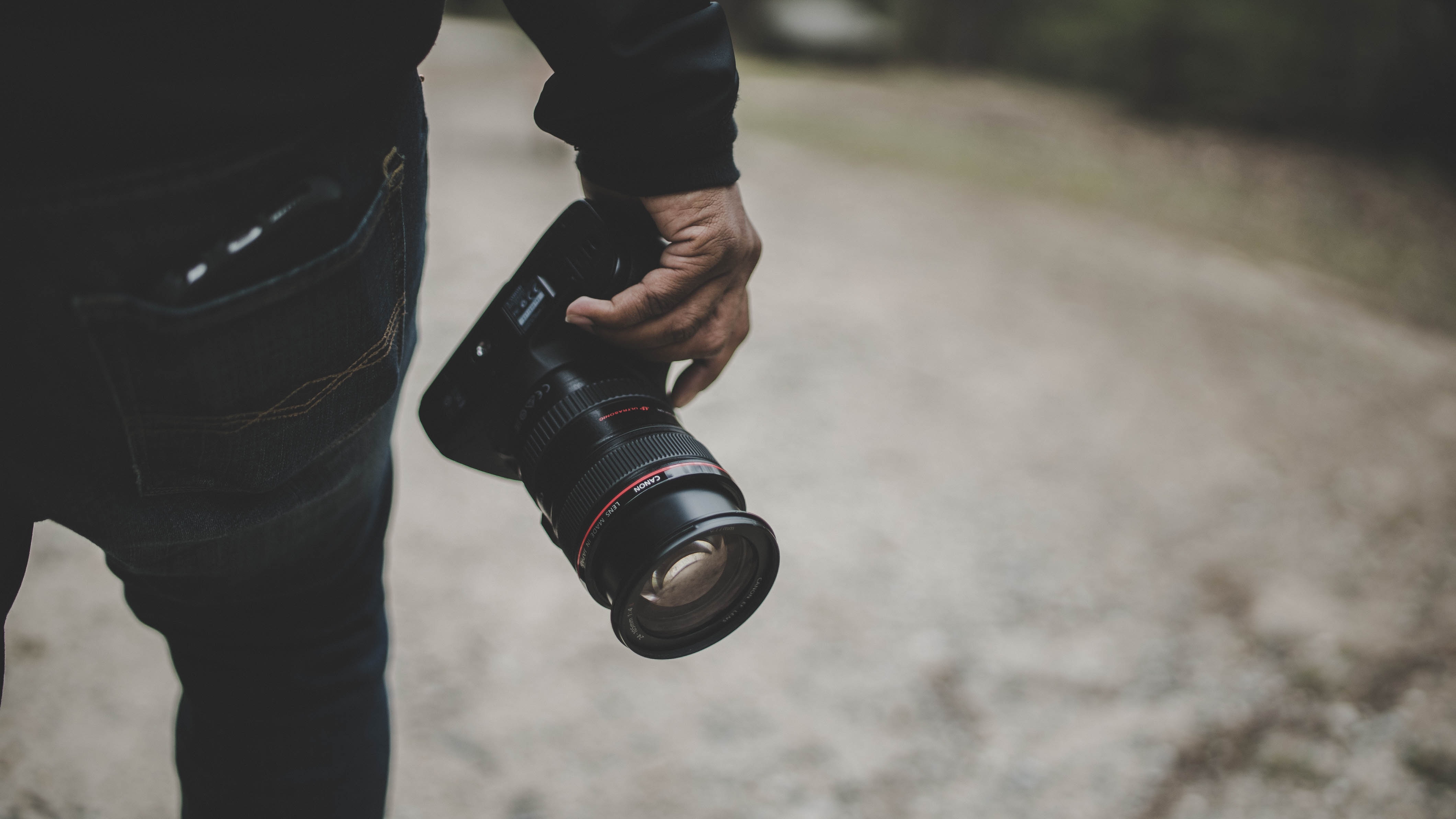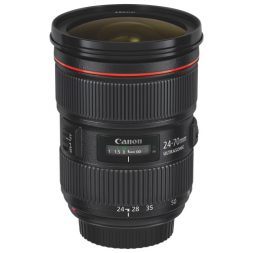
We’re coming up to holiday season, and typically around this time of year we start to think about some ‘investments’ we might like to make in order to brighten up our lives. I don’t know how the weather is where you are right now, but I’m betting the days are short, and it doesn’t look like Hawaii outside! And if you’re anything like me, around 5pm you start to think about putting on the ol’ flannel pajamas. So who could begrudge us a bit of online shopping by the fireside? And what better place to start than BestBuy.ca!
Should I invest in an expensive lens?
If you’re a budding photography enthusiast, you might well have wondered if it’s worth investing in a high quality lens. The terms ‘high quality’ and ‘expensive’ are basically interchangeable here, because in the world of lenses, quality comes at a price. Now that’s not to say that there isn’t good value to be had by doing some research and considering brands that maybe don’t have the same wide appeal as, say, Sony, Canon or Nikon. And thankfully there is tonnes of information and lens reviews out there to help you figure out which lens is right for you. In fact one of the absolute go-to sites for independent lens performance specs is DxOMark.com, where you can also find performance data for camera sensors and smartphone cameras. It’s a really useful resource, especially as it allows you to compare a variety of lenses that you might be considering, and also check performance when combined with different camera bodies.
The advantages of high quality lenses
So, first and foremost, what are the advantages of high-quality glass? (Photographers like to talk about ‘glass’ instead of ‘lenses’ because, you know, we’re cool like that.) From a purely performance standpoint, there are actually a number of advantages. The two that I am particularly hot on are sharpness and low minimum f-stop. Sharpness is kind of self explanatory, insofar as most photographers would like their images to be as sharp as possible, at least where the image is in focus. High-quality glass will yield a sharper image than inferior glass every time. Landscape and architectural photographers like to see as much of their images as possible in focus, whereas portrait and wedding photographers often use the out of focus areas to draw the viewers eye to the subject of the image. The way they do this is by taking advantage of something called ‘depth of field’ (or DoF). The DoF is that area within which everything is in focus, and portrait photographers often use a very shallow DoF, which throws everything in front or behind the subject way out of focus.

High-quality lenses often have a low minimum aperture, and the rule of thumb is; the lower the f-stop, the narrower the DoF. The f-stop actually controls the size of the aperture through which the lens allows light into the camera, and it’s kind of a backwards relationship in that a smaller f-stop number means a bigger aperture. As well as creating a shallow DoF, a wider aperture also allows more light into the camera, which is great when you’re shooting in low-light situations, and you want to keep your shutter speed up in order to minimize camera shake caused by slight movements of your hands. You might sometimes hear a photographer refer to ‘fast glass’ which is in fact a reference to the low minimum f-stop of the lens. I love my Canon 50mm f/1.4 lens for example, and I know it’s a lens that a lot of other Canon shooters feel the same way about.
High-quality lenses have better clarity
 Another performance advantage of high quality lenses is the lack of distortion, such as chromatic aberration, which appears as coloured edges on your subject. You get an image that is not just sharper, but also has better clarity, and a more accurate representation of colours too. On top of this, you’ll also see less distortion of shapes, which is often most visible at the edges of your image, particularly when you shoot at wide angles where you get a kind of ‘bulge’ effect. The opposite occurs at long focal lengths where you get a ‘pin cushion’ effect in the middle of your image. Both of these effects are much less noticeable with high quality lenses.
Another performance advantage of high quality lenses is the lack of distortion, such as chromatic aberration, which appears as coloured edges on your subject. You get an image that is not just sharper, but also has better clarity, and a more accurate representation of colours too. On top of this, you’ll also see less distortion of shapes, which is often most visible at the edges of your image, particularly when you shoot at wide angles where you get a kind of ‘bulge’ effect. The opposite occurs at long focal lengths where you get a ‘pin cushion’ effect in the middle of your image. Both of these effects are much less noticeable with high quality lenses.
High-quality lenses use better materials
So those are your performance advantages. But there are a couple of other advantages that are worth mentioning, like build quality. Cheap lenses are made with cheap materials like plastic, whereas a high-quality lens will use more metal alloys, which not only gives the feeling of higher quality, but is also more durable. I dropped my very first expensive lens, a Canon EF 24-70mm, from a height of about 7 feet straight onto the sidewalk in London once upon a time and I was shocked when I picked it up to see how little damage was done. There was a small dent to the metal at the front surrounding the lens, and that was it. I was lucky I was staying with my crafty uncle, who found an ingenious way to repair it!
High-quality lenses hold their value
The final advantage that I’m going to mention, and the one you’re really going to thank me for after you explain your decision to splash on a Nikon AFS 24-70mm f/2.8 to your partner, is the resale value. The fact is, lenses retain their value better than any other piece of equipment you will ever buy. A lens that produced a tack sharp image 5 years ago, will produce a tack sharp image today. There’s actually a big market out there for vintage, hard-to-find glass that enthusiasts will pay top dollar for. So whereas camera bodies quickly become dated as new models are released, new lenses are released relatively rarely, so you can rest assured that if you do decide to liquidize that asset, you will have no problem doing so.
So now you have every excuse you ever needed to make the upgrade to the lens of your dreams, head on over to the lens section and make your dream come true!




